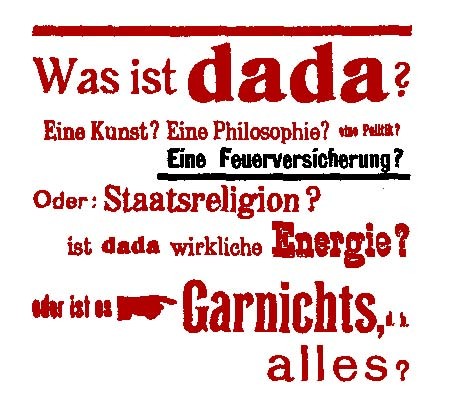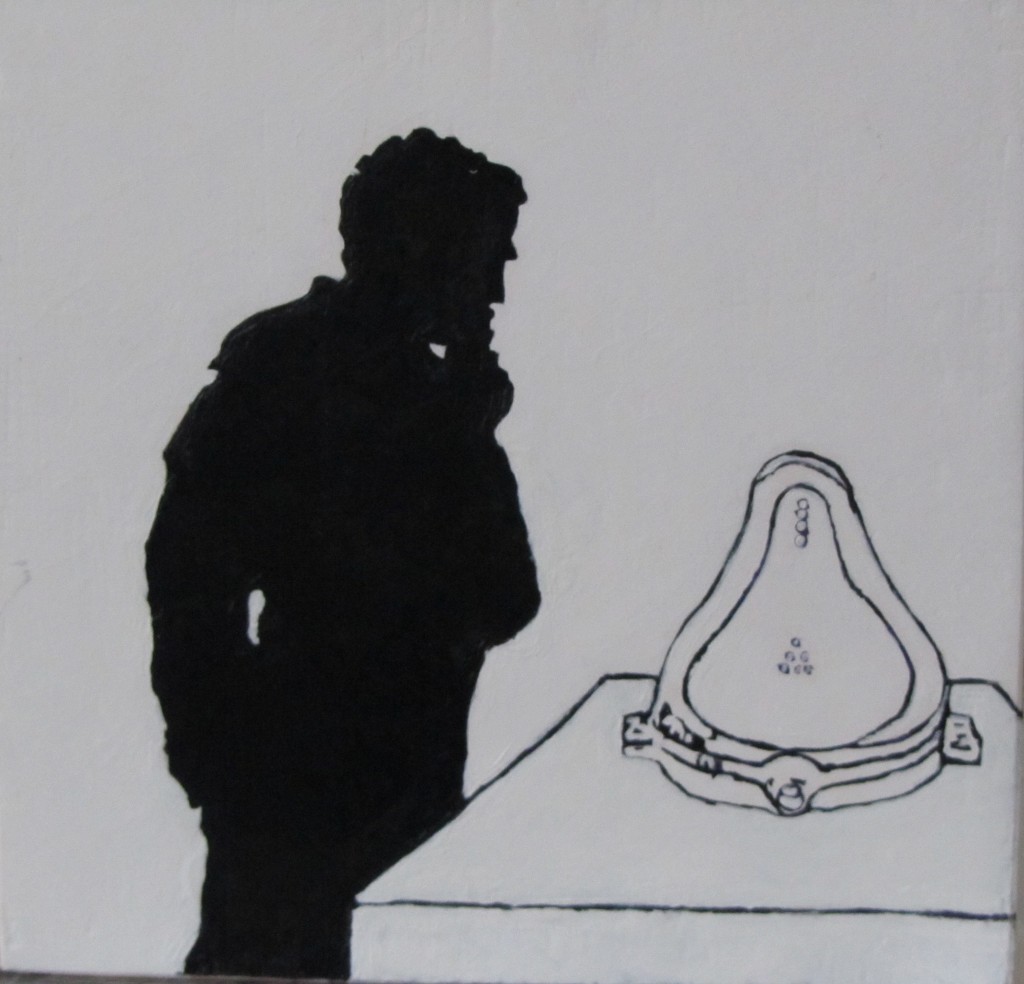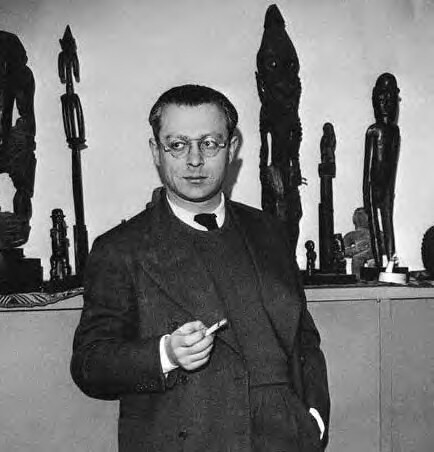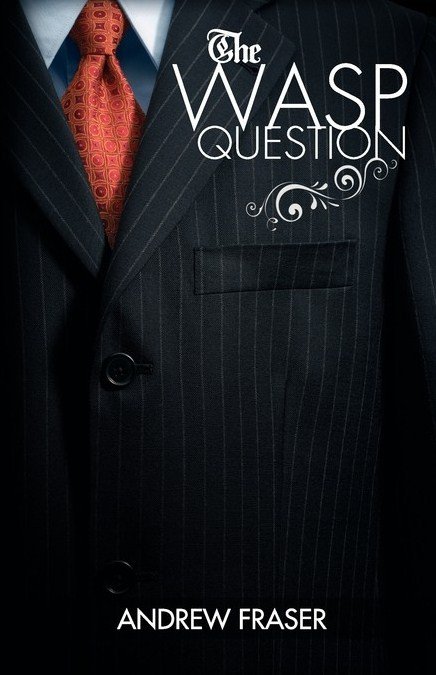Altruism’s Bloody Roots: Cultural and Genetic Selection for Altruism in Humans
Altruism and the question of group selection continue to generate heated debate among biologists. Because there are so many misunderstandings of these issues, it’s worthwhile discussing how they relate to my writing on group evolutionary strategies. A recent paper, by Sam Bowles, “Altruism’s Bloody Roots“, argues that group selection could have evolved among humans as a result of between-group competition. Bowle’s paper is based on data showing high rates of violence and genetic variation in Stone Age groups. A computer simulation showed that selfless groups eventually predominated over groups composed of selfish individuals. (Another recent paper, co-authored by E. O. Wilson, rejects the now traditional idea that kin selection is the root of eusociality—social forms in which animals like bees and humans have division of labor and altruism [see here]. This is compatible with Bowles’ results, but goes quite a bit further in its rejection of kin selection and is not necessary for the following discussion.)
Bowles’ model is explicitly compatible with cultural group selection. The theory of group competition presented in the first chapter of A People That Shall Dwell Alone: Judaism as a Group Evolutionary Strategy is phrased in terms of cultural group selection. That is, the theory does not depend on genetic tendencies toward altruism, but rather on the ability of humans to monitor and punish free-riders and defectors. This is not merely theoretical. For example, traditional Jewish groups had strong internal controls that enforced group-oriented economic behavior (e.g., not competing with monopolies controlled by other Jews; Ch. 6 of PTSDA) and punished “informers”—the practice of Mesirah which prohibited informing on other Jews to the non-Jewish authorities. Mesirah continues to operate in the contemporary world, particularly among Orthodox and Haredi groups—a recurrent theme on TOO. Read more











